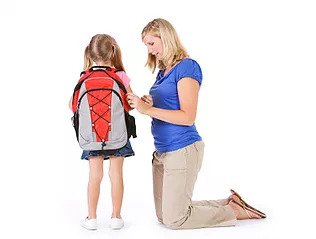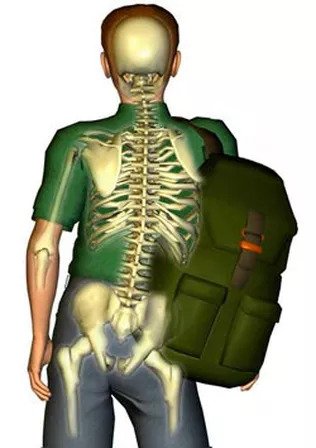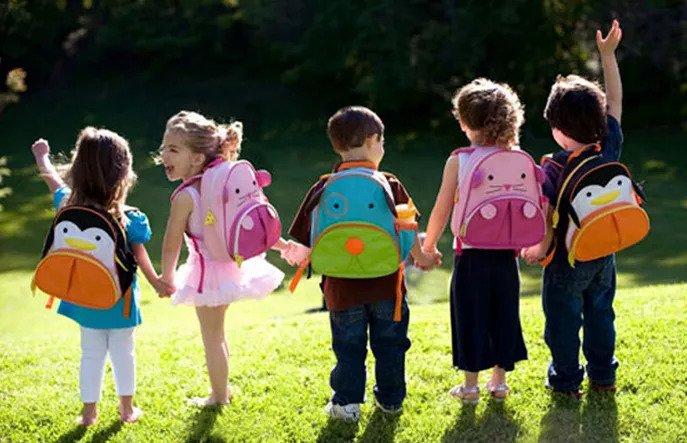Back pain in school-aged children can be prevented and avoided simply by having the correct size school bag and correct packing technique. According to the Australian Physiotherapy Association approximately 70% of school aged children will suffer back pain from poorly fitted school bags. Other causes of back pain in children can be caused by poor posture, obesity, and sedentary lifestyle, soft tissues injuries (sprains and strains) or from competitive sporting demands. Just like buying school uniforms and school shoes it is just as important to ensure your child’s backpack fits them properly.
Tips for buying a school backpack

- Your child’s backpack should weigh less than 10% of their body weight
- Your child’s backpack should be no wider than their chest and the length no longer than their hips
- A thick shoulder strap will ensure a comfortable and snug fit onto the shoulder
- A backpack with separate compartments is ideal for load distribution. The heavier loads should be closest to the spine (e.g. laptops, heavy books).
- Waist and chest straps are ideal to help transfer load from spine to hips and pelvis
- Avoid one-strapped or messenger style bags
What about trolley bags or suitcases?

We would not recommend this bag as an alternative for students with back problems. These bags often weigh a lot more and are not easy to manipulate around stairs and on buses etc. The action of pulling these bags is difficult to perform without twisting the spine and can cause uneven load distribution through the spine.
Correct Lifting and Carrying Techniques
Adjust straps to ensure back pack fits firmly onto the spine. The bottom of the back pack should sit just above the child waist.
- Lifting the backpack should be performed with a straight back, using leg muscles.
- Ensure that the backpack is worn on both shoulders. Wearing a single strap will alter their centre of gravity and put unnecessary strain through the back.
- Adjust the straps so that the backpack is worn close to the body, but not so tight it is uncomfortable
How to help your child to pack their school bag correctly
Heavier items, such as text books or laptops, shoulder be carried closest to the spine (Back of back pack). This will decrease the risk of the school bag pulling away from the spine as well as reduce unwanted stress on the spine.
Spread various items over the various compartments of the backpack to even the load distribution. Remember the backpack should weigh less than 10% of your child’s body weight – therefore only pack what is necessary for that day at school. Try using separate subject folders so they only need to carry what they need for homework.

How else can parents help
Look for signs that your child’s backpack is too heavy; if your child has to lean forward or adjust his posture to carry the burden, the pack is too heavy. If your child struggles when putting on the backpack or tingling, numbness, or red marks are present, these are signs that the backpack is too heavy. Talk to your child about leaving unnecessary items at school, or, if necessary, carrying a book or water bottle in his hands to lighten the load.
If your child complains of pain or discomfort as a result of a backpack, please feel free to contact one of our physiotherapists and arrange an appointment if you are concerned about your child’s posture, back health, weight management conditions or growing conditions.

